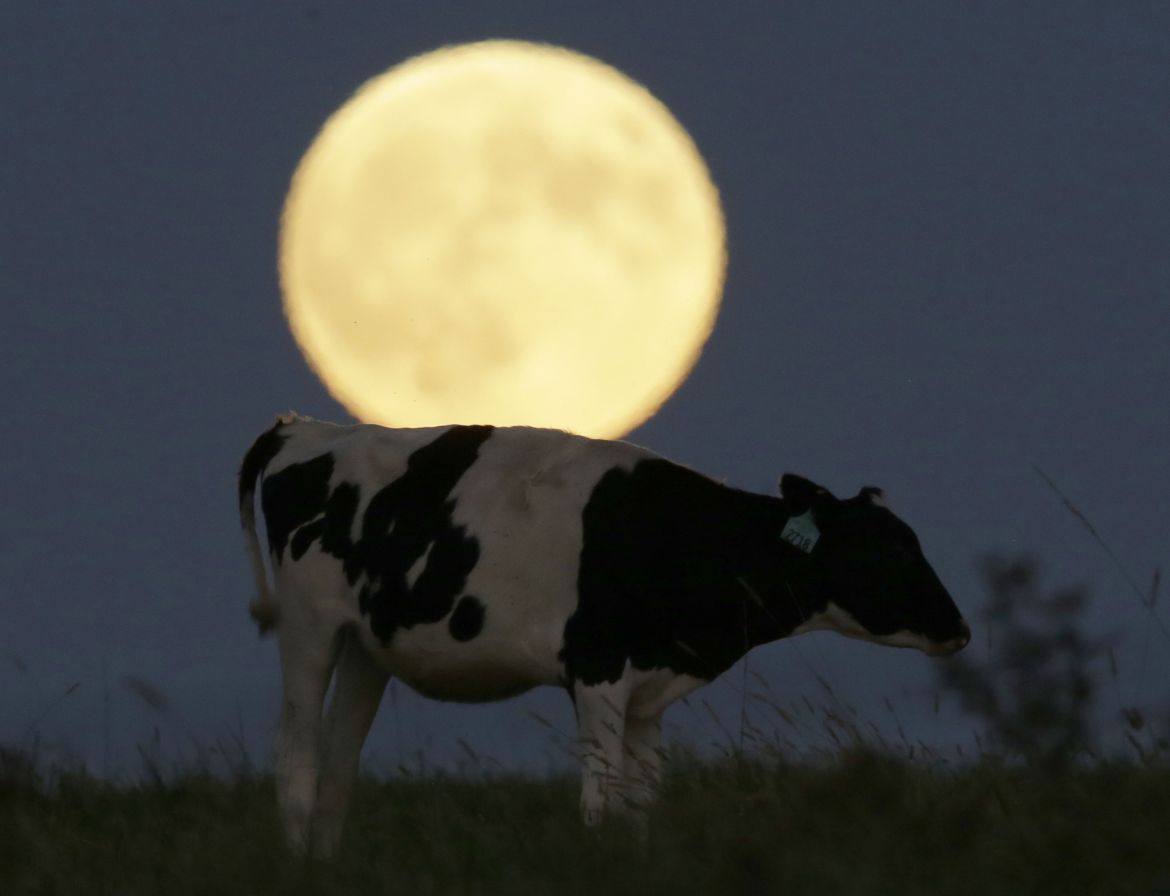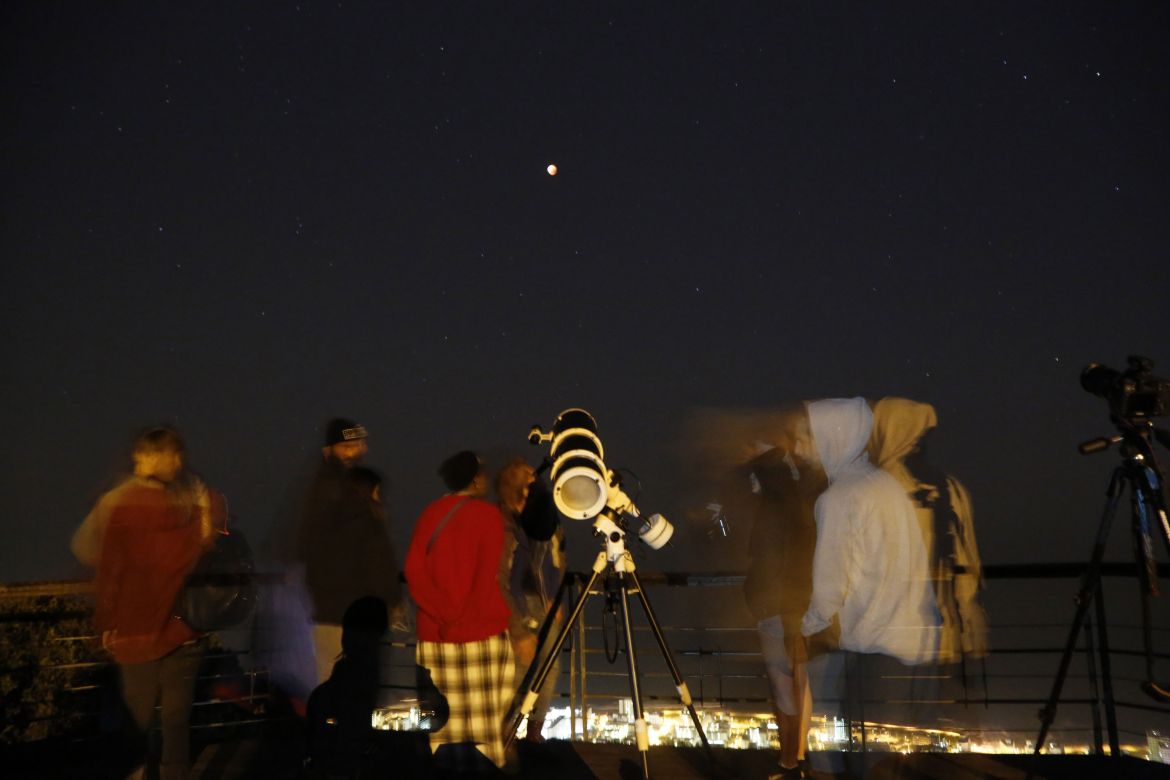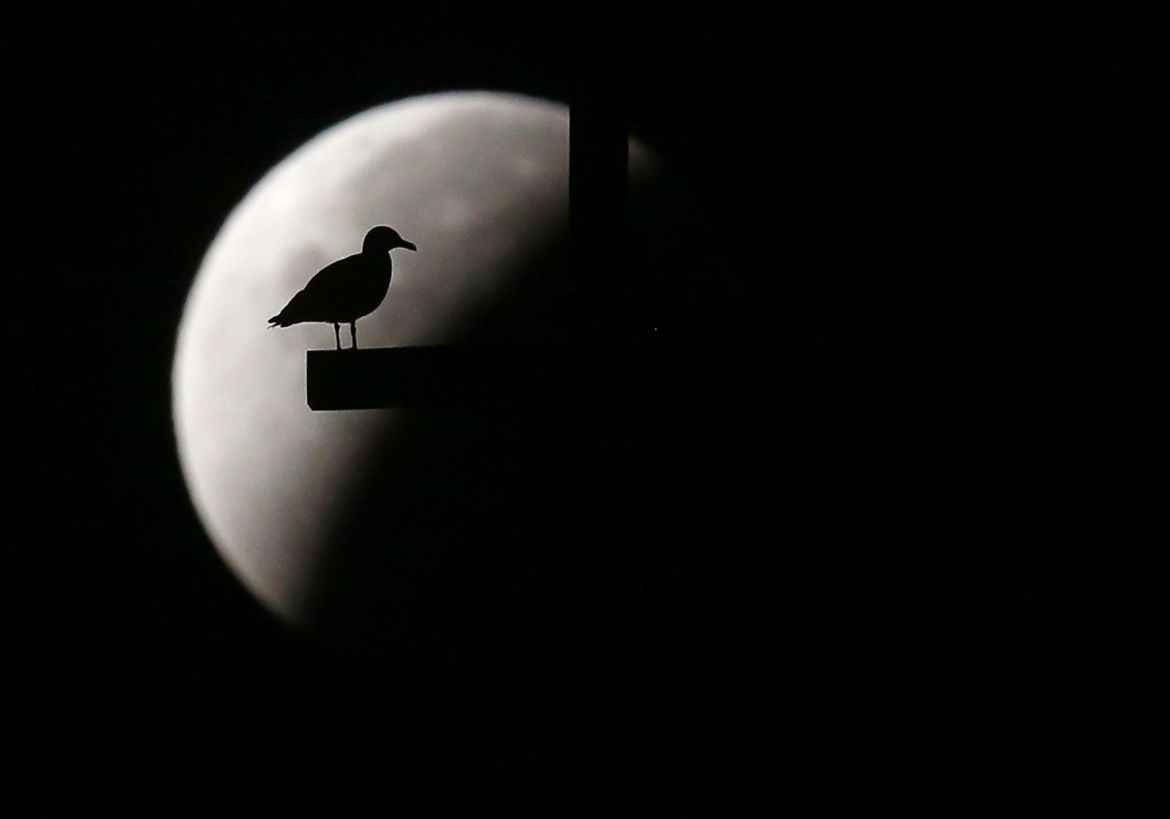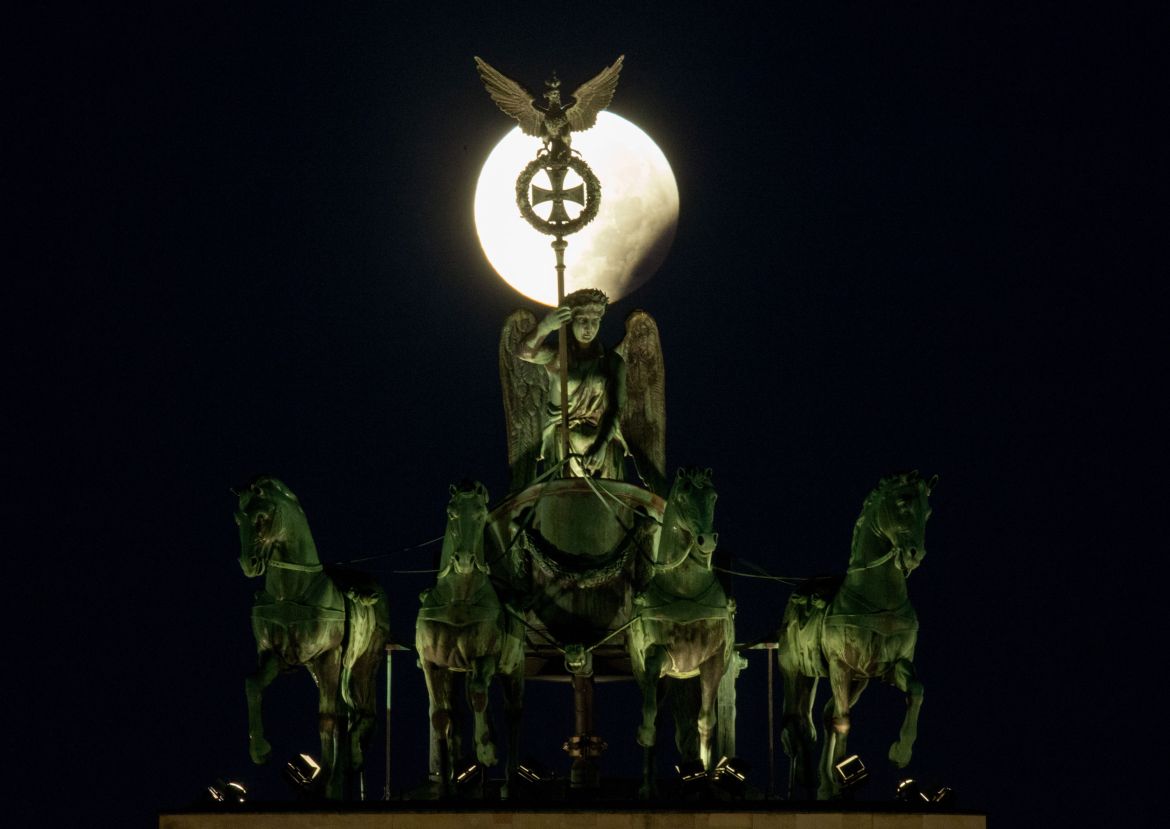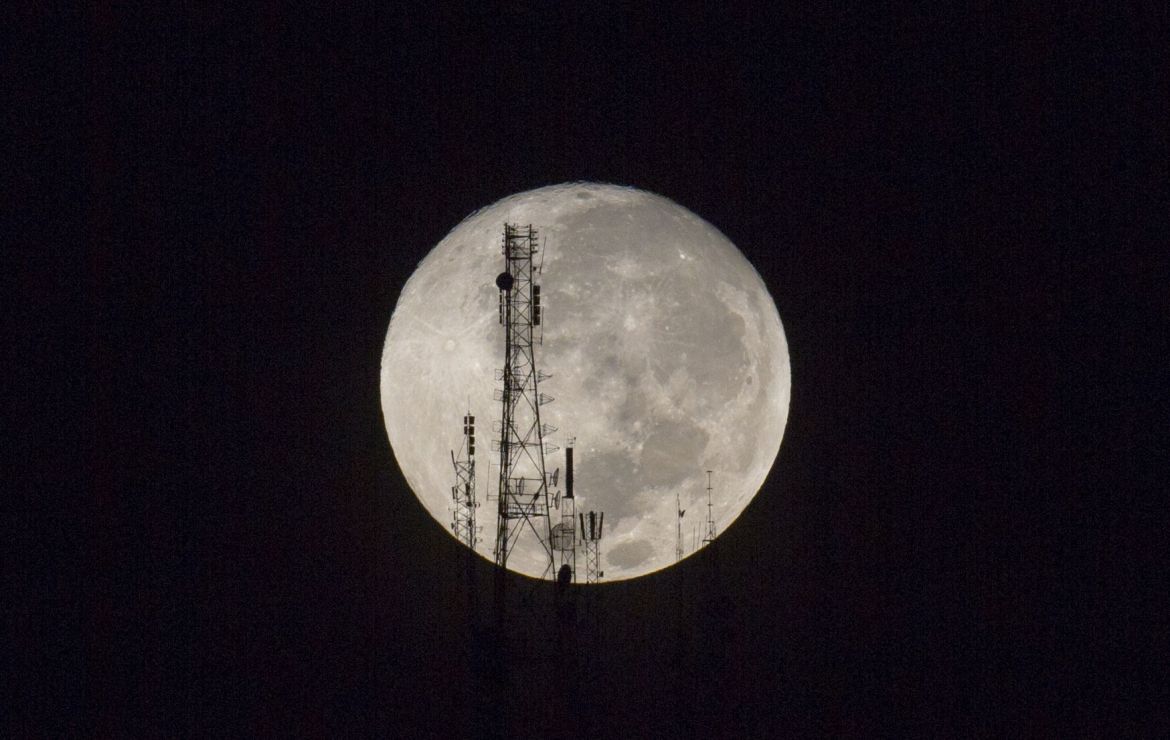In Pictures
Blood Moon seen around the world.
The combination of a supermoon and total lunar eclipse last occurred in 1982 and will not happen again until 2033.
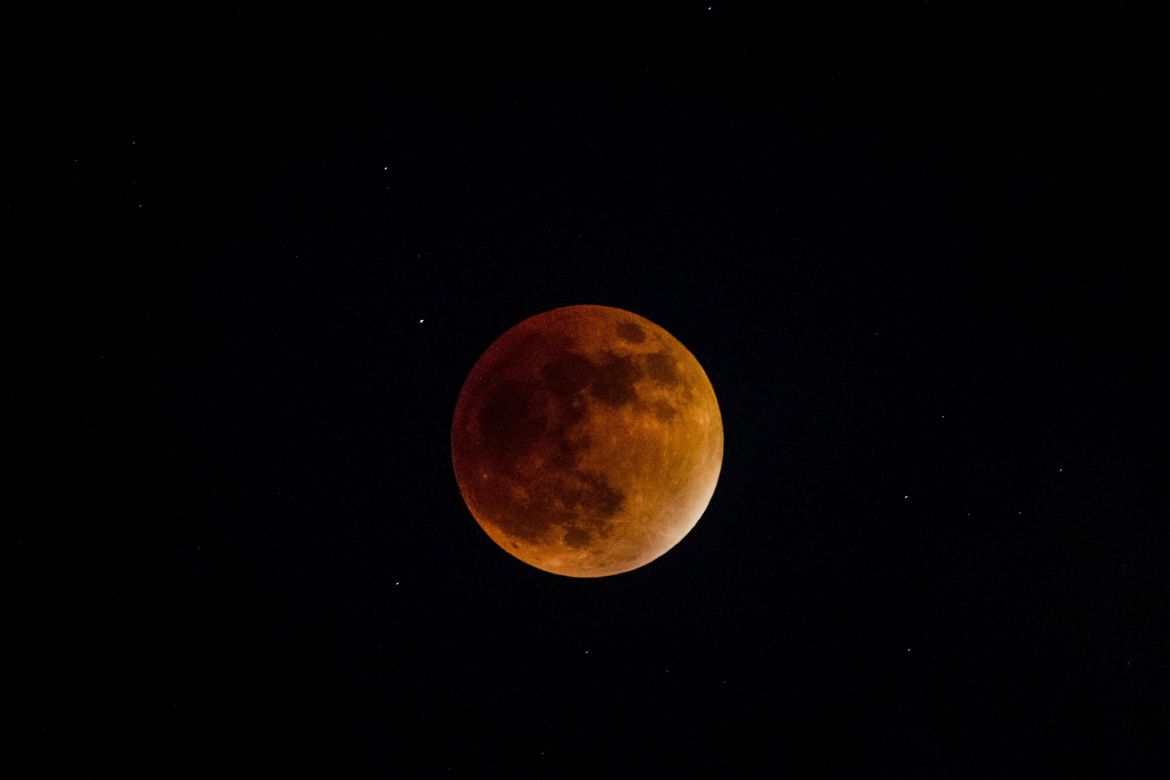
A rare supermoon graced the skies as sky-watchers around the world were treated to a spectacular work of nature as two astronomical phenomena converged: the supermoon and a total lunar eclipse, which takes place when the earth moves in between the moon and the sun.
The total supermoon lunar eclipse, also known as a “Blood Moon”, appears bigger and brighter than usual as it reaches the point in its orbit that is closest to Earth.
It has been more than 30 years since a supermoon combined with a lunar eclipse, according to NASA.
The next total lunar eclipse will not be until 2018. The next supermoon-lunar eclipse combination will not happen until 2033.
The blood moon was visible from North and South America, Europe, Africa, and parts of West Asia and the eastern Pacific.
